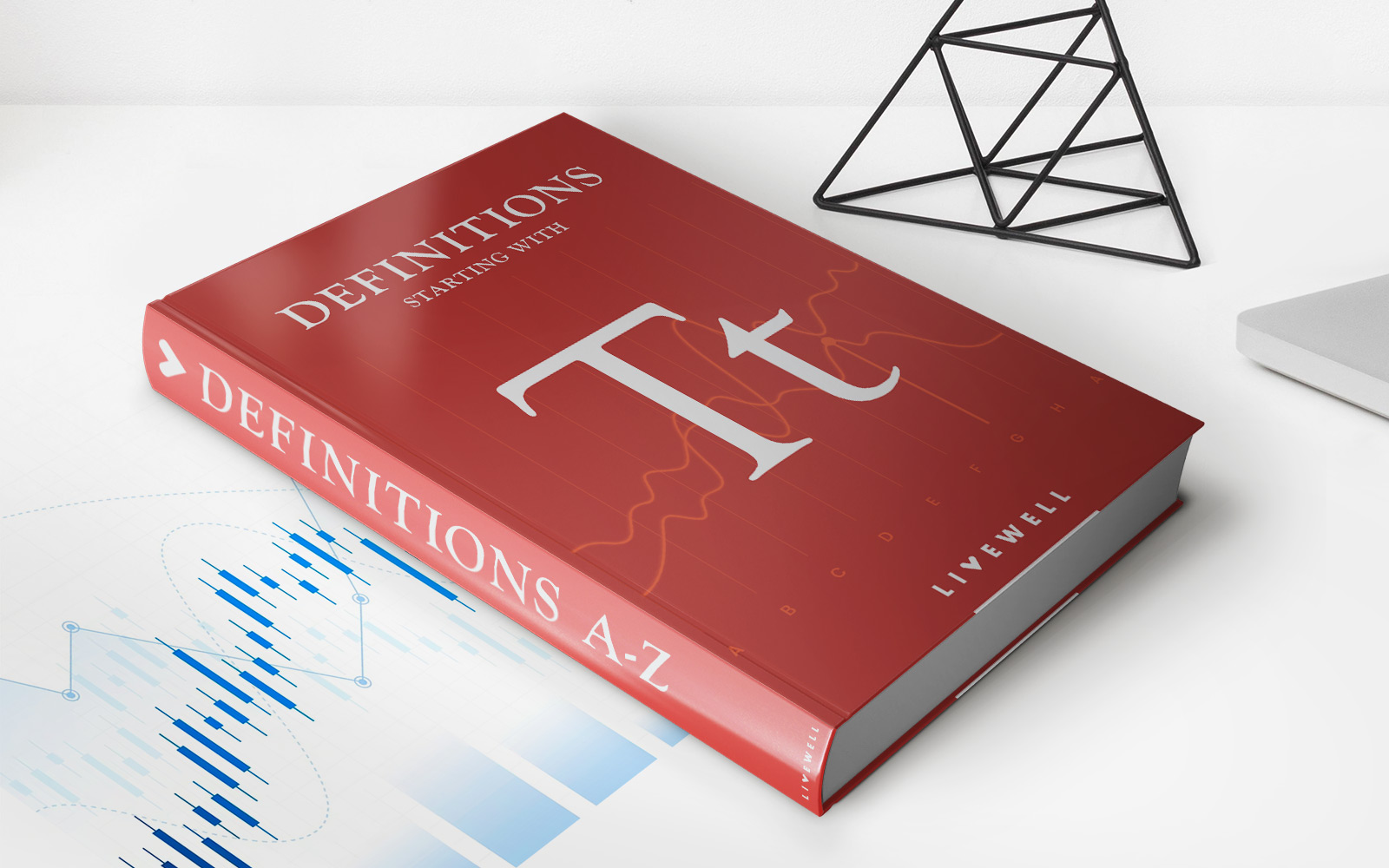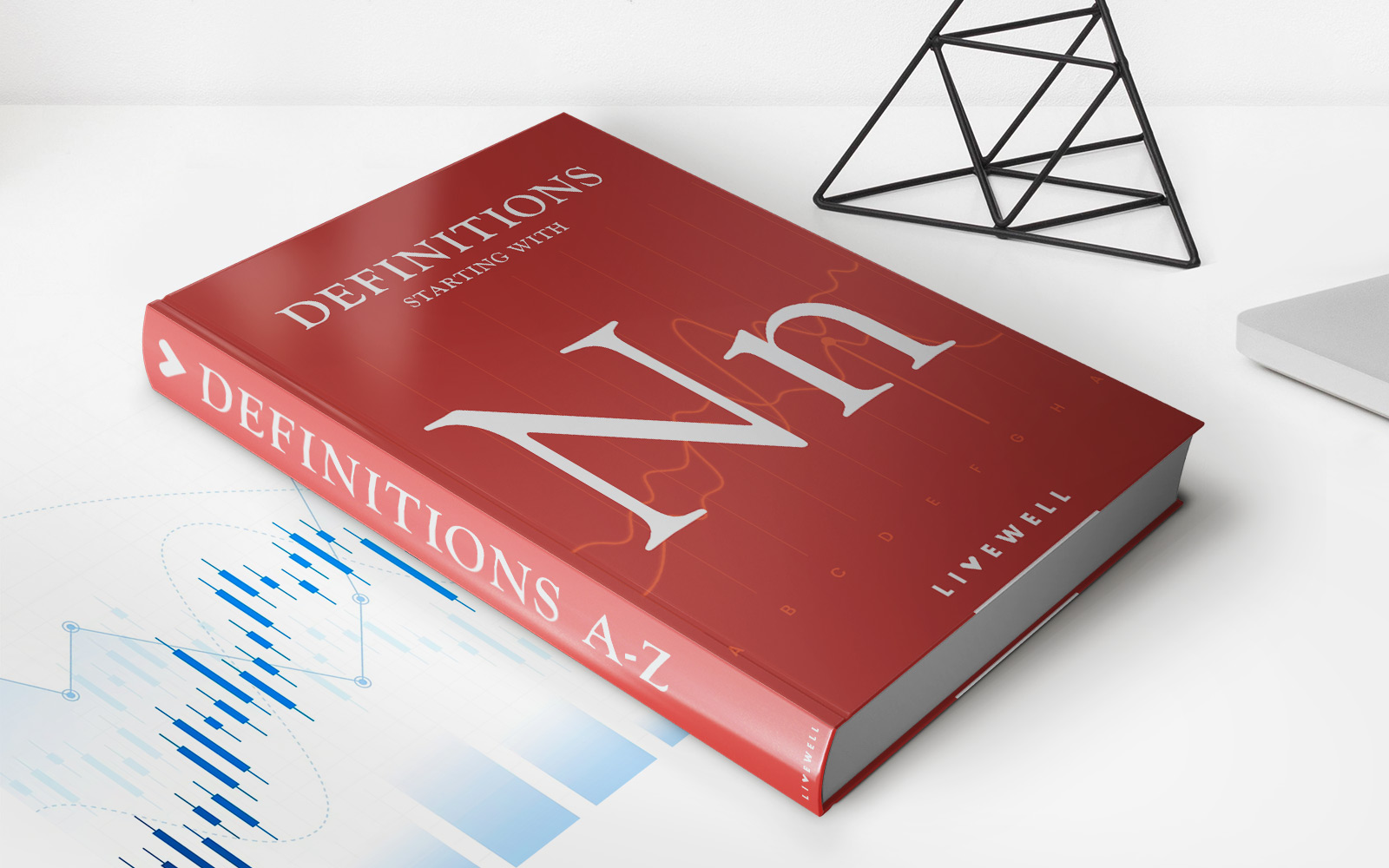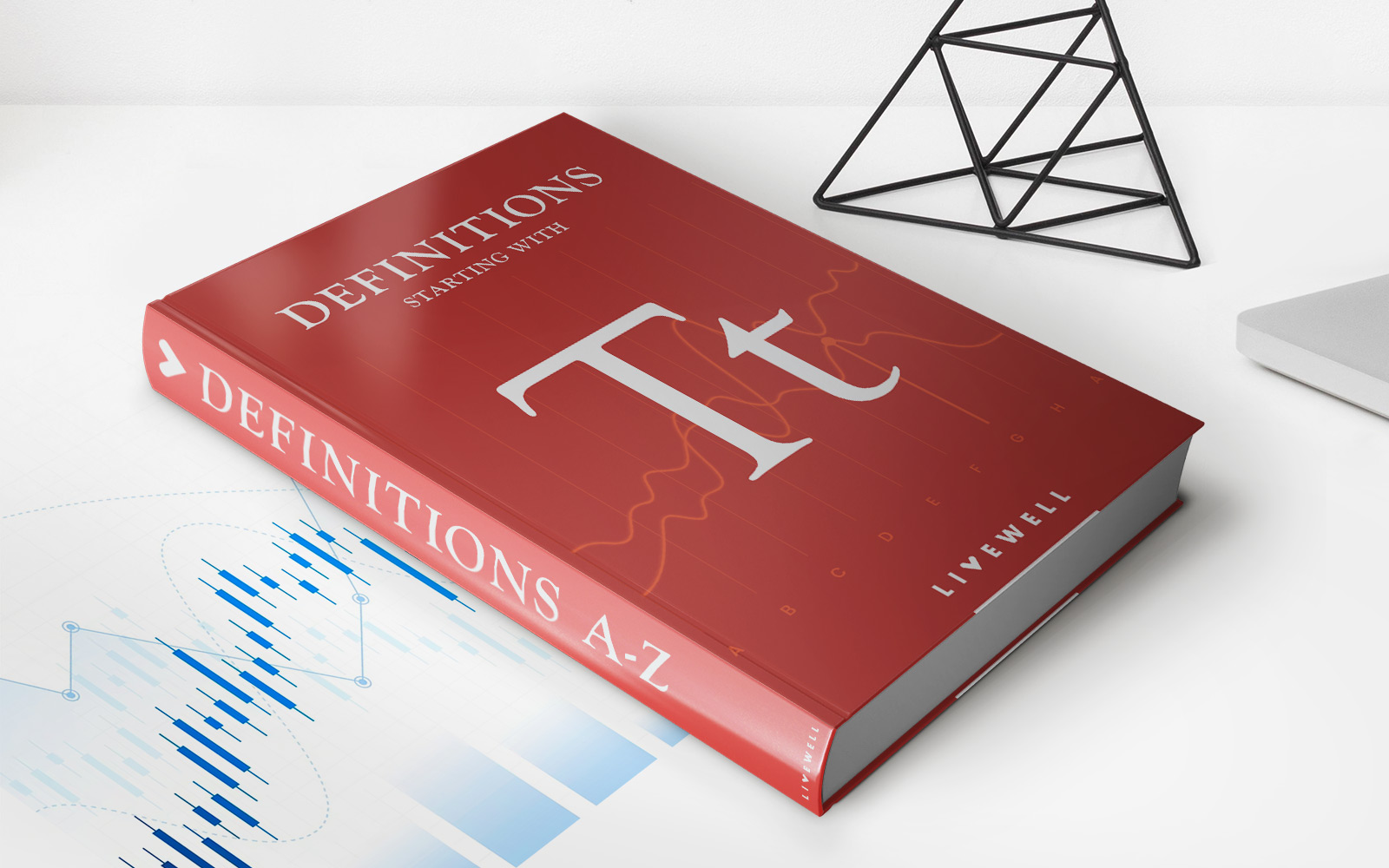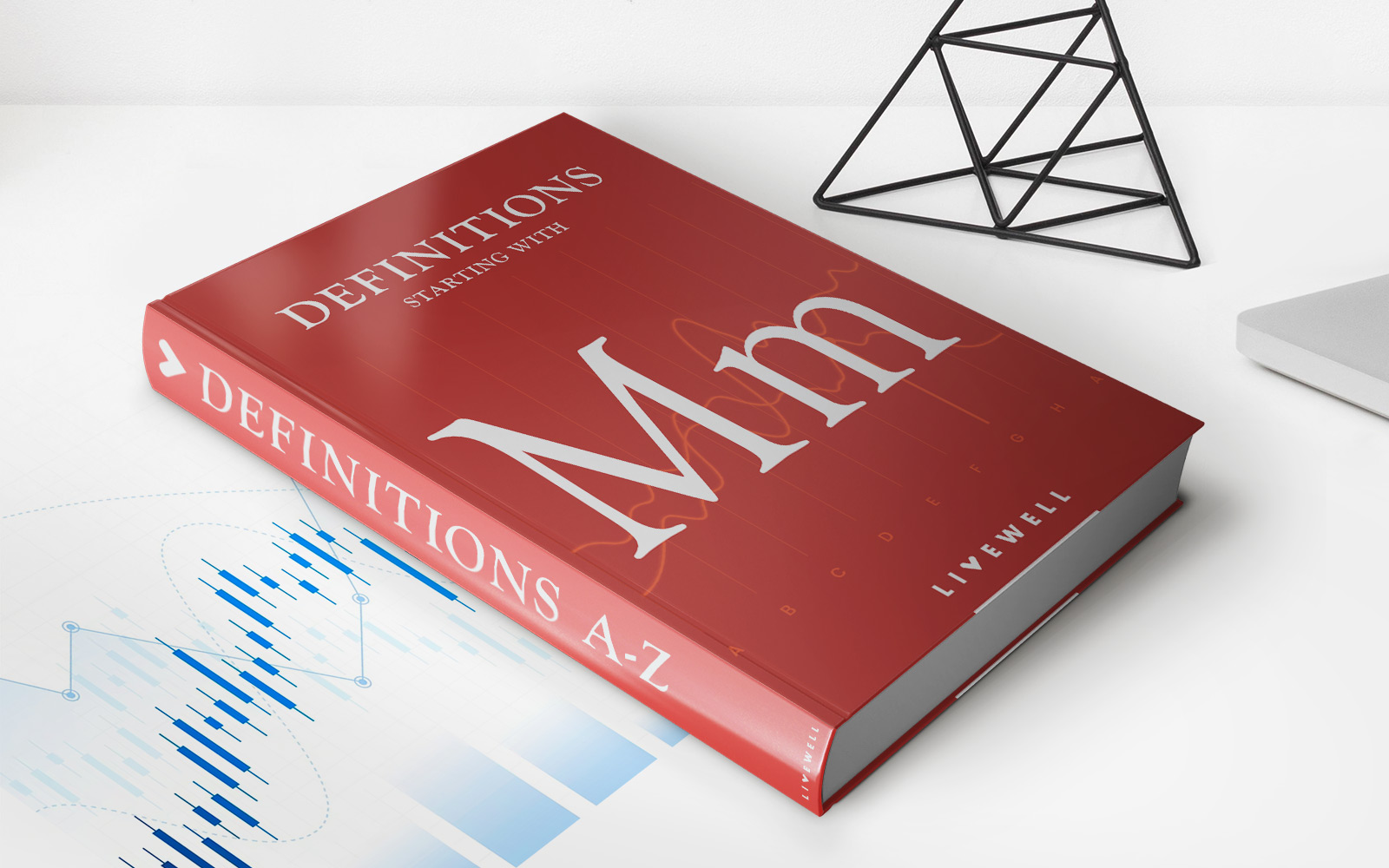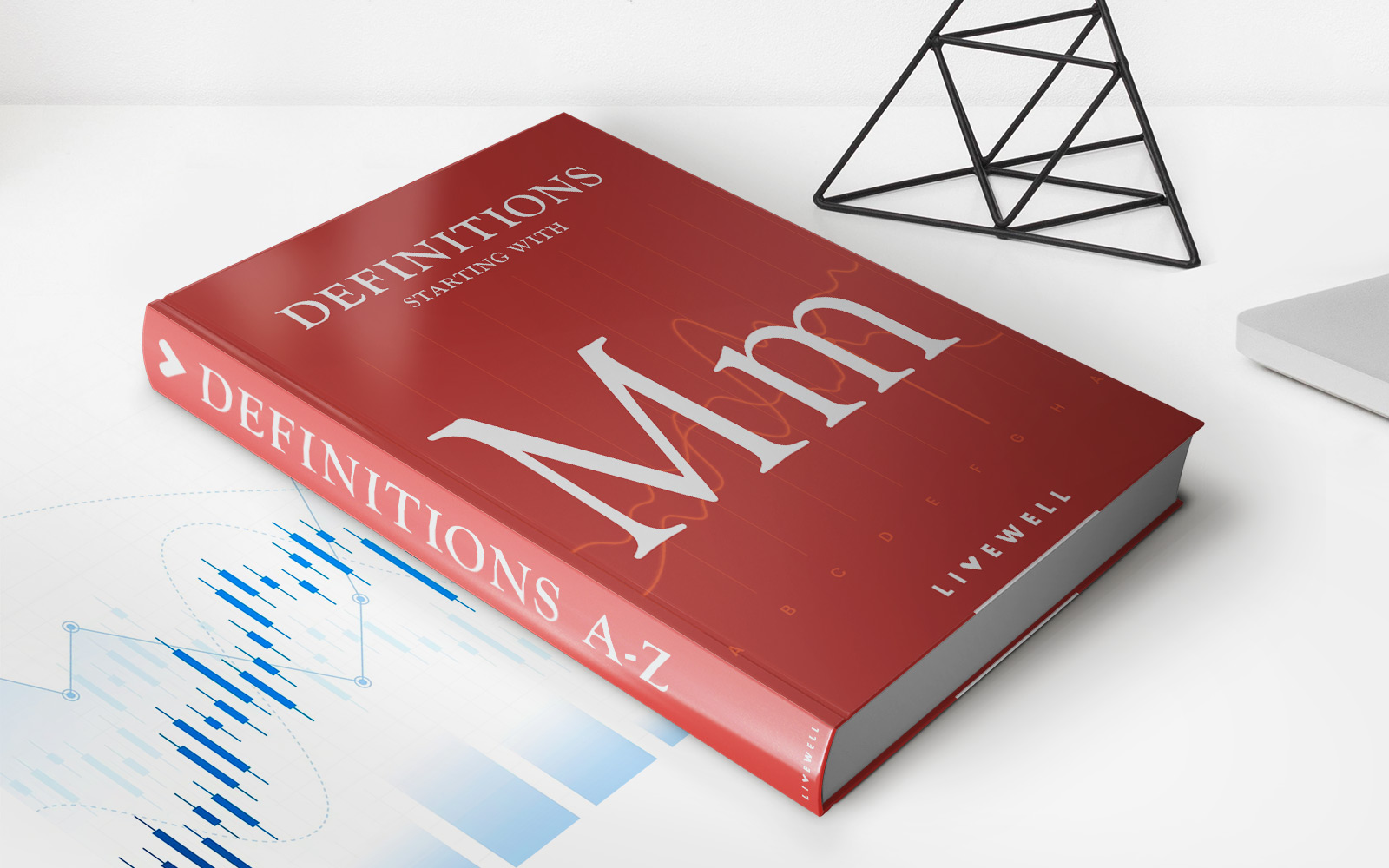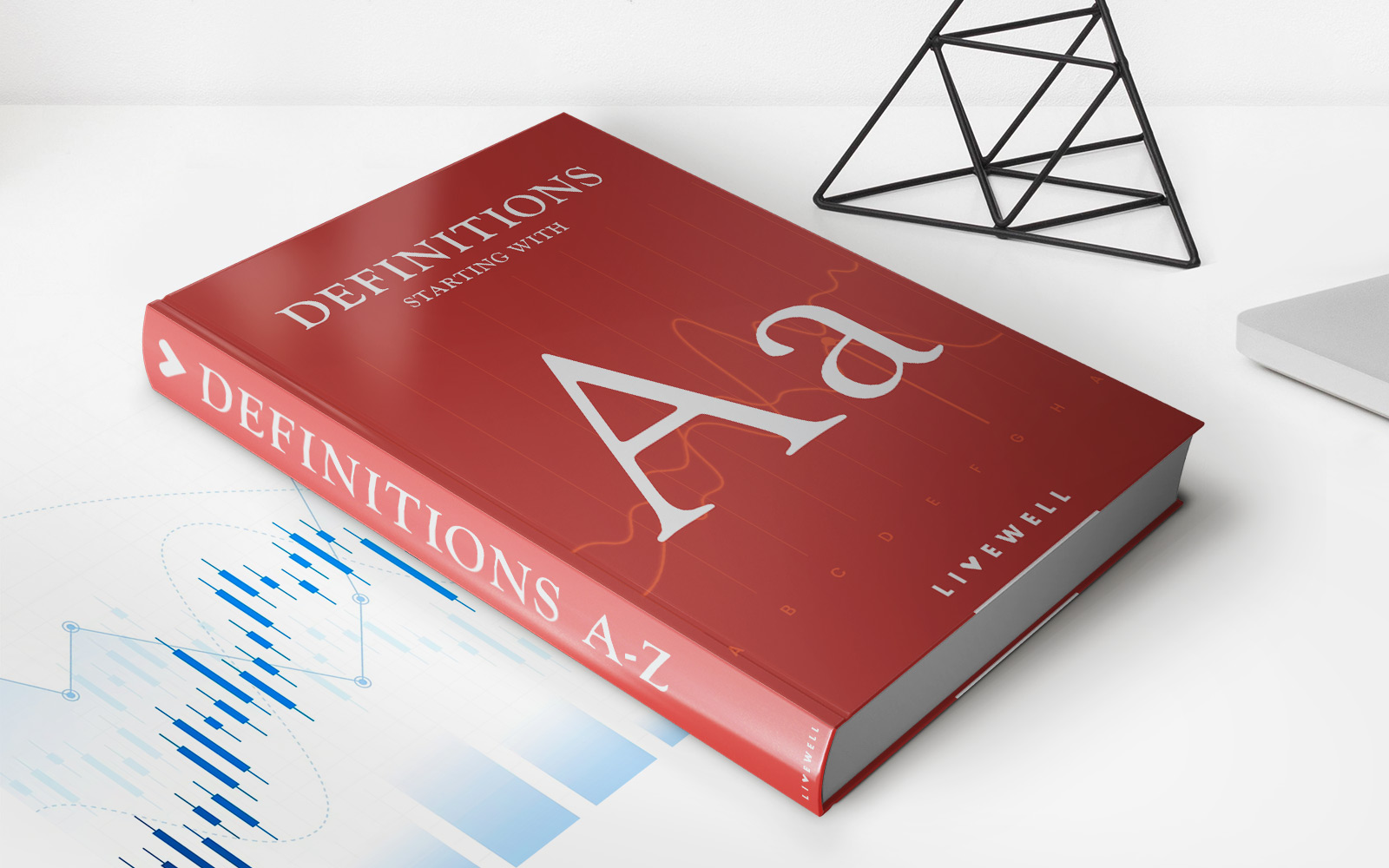Home>Finance>Market Index Target-Term Securities (MITTS) Definition
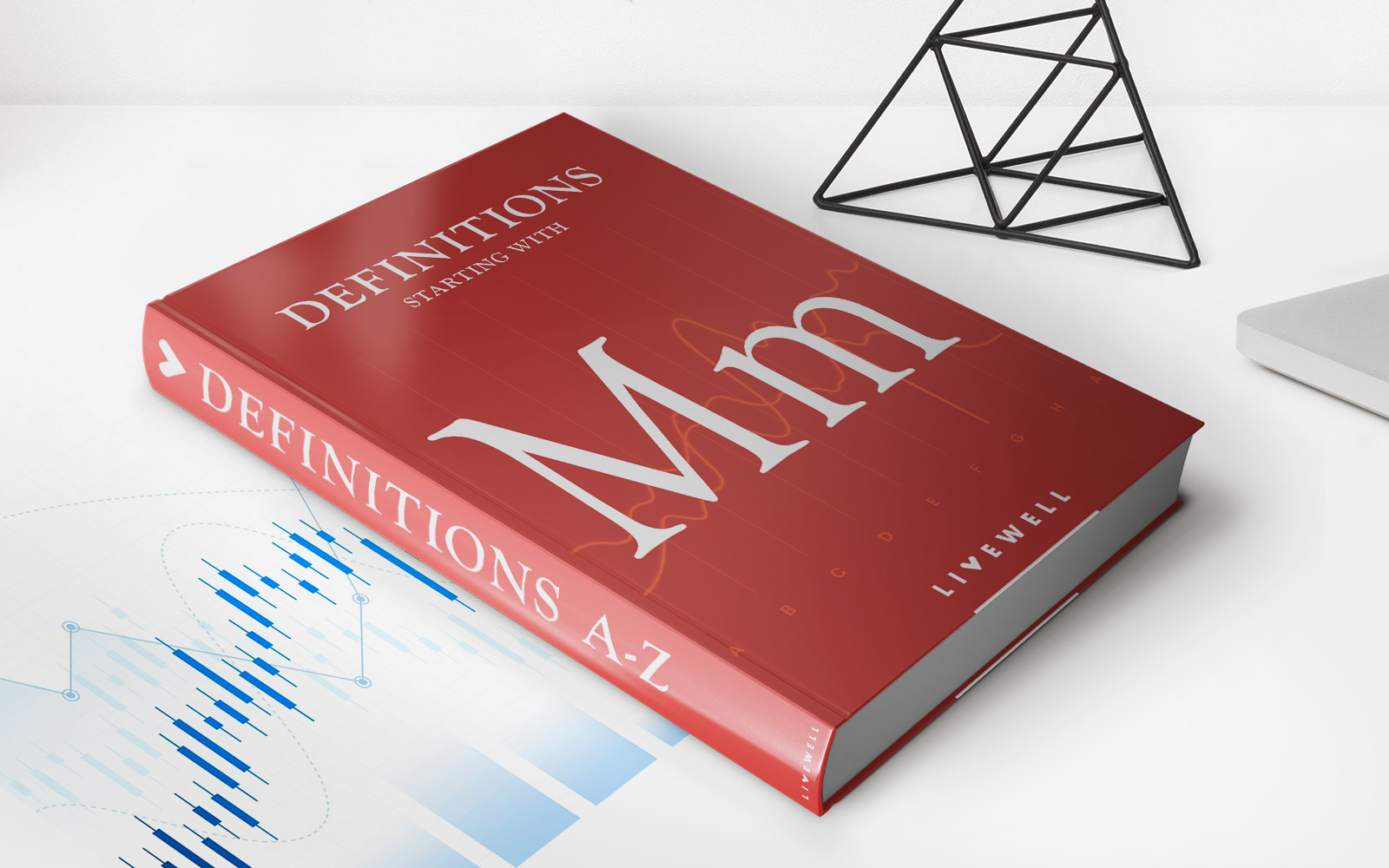

Finance
Market Index Target-Term Securities (MITTS) Definition
Published: December 22, 2023
Learn about Market Index Target-Term Securities (MITTS) in the field of finance. Understand the definition and importance of this financial instrument.
(Many of the links in this article redirect to a specific reviewed product. Your purchase of these products through affiliate links helps to generate commission for LiveWell, at no extra cost. Learn more)
Unlocking the Potential of Market Index Target-Term Securities (MITTS)
Welcome to our Finance category blog post, where we explore various financial products and concepts to help you make informed decisions when it comes to managing your money. Today, we dive into the world of Market Index Target-Term Securities (MITTS) and discover how they can potentially enhance your investment portfolio.
What are Market Index Target-Term Securities (MITTS)?
Market Index Target-Term Securities, commonly known as MITTS, are a type of structured investment product that offer exposure to a specific market index while also providing downside protection. They are designed to combine the benefits of market participation and principal protection, making them an intriguing option for investors seeking potential growth while managing risk.
Key Takeaways:
- Market Index Target-Term Securities (MITTS) offer exposure to a specific market index.
- MITTS provide downside protection, helping to protect your principal investment.
So, how do MITTS work? Let’s break it down:
- Market Participation: MITTS track the performance of a particular market index, such as the S&P 500 or NASDAQ. This allows investors to benefit from potential gains in the market, enjoying returns that mirror the index’s performance.
- Principal Protection: MITTS are structured to provide a level of downside protection, shielding investors from severe market downturns. They usually guarantee the return of the invested principal at maturity, regardless of how the underlying index performs, unless stated otherwise in the terms and conditions.
- Term Structure: MITTS have specific maturity dates, typically ranging from a few months to a few years. This fixed term structure allows investors to align their investments with their financial goals and time horizon.
- Participation Limit: MITTS usually have a participation cap or limit, which determines the maximum percentage of the index’s gains that investors can capture. This cap helps mitigate excessive exposure to extreme market swings while still benefiting from potentially favorable market movements.
One of the key advantages of MITTS is their potential to provide a level of stability in a volatile market. Even if the underlying index experiences a downturn, your principal investment remains safeguarded, providing peace of mind during uncertain times. Additionally, the potential to participate in market gains can offer the opportunity for growth, making MITTS an attractive option for those seeking a balanced approach to investing.
While MITTS can be a valuable addition to an investment portfolio, it’s important to thoroughly understand their features, risks, and potential returns. As with any investment, it’s advisable to consult with a financial advisor who can help you determine if MITTS align with your investment objectives and risk tolerance.
In summary, Market Index Target-Term Securities (MITTS) provide investors with exposure to a specific market index while offering downside protection. These structured investment products can potentially enhance your portfolio by balancing market participation with principal protection. Remember to do your due diligence, seek professional advice, and choose investments that align with your financial goals.
